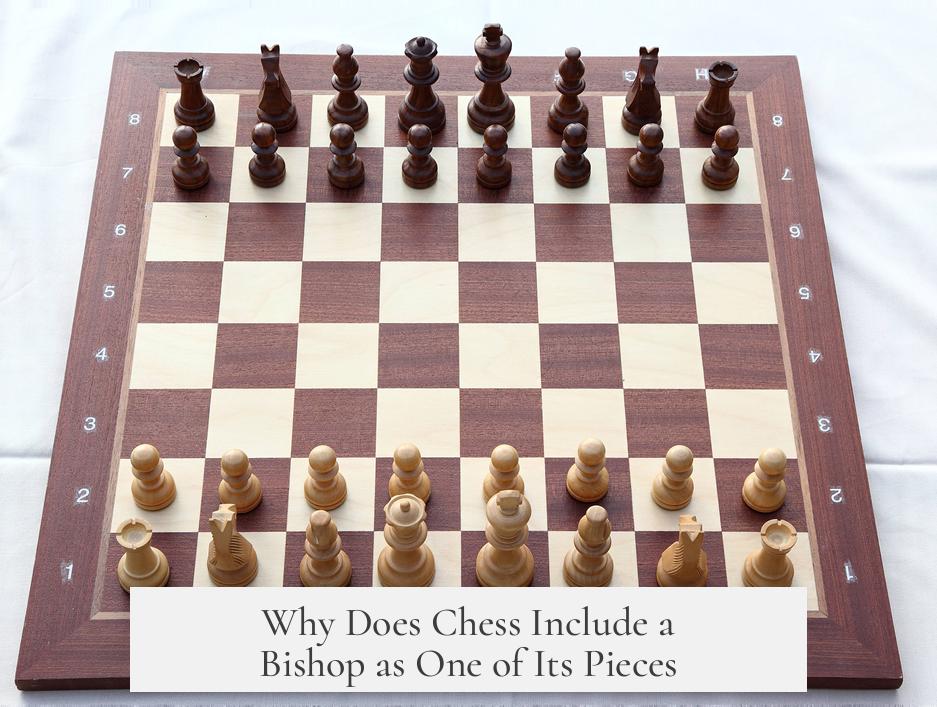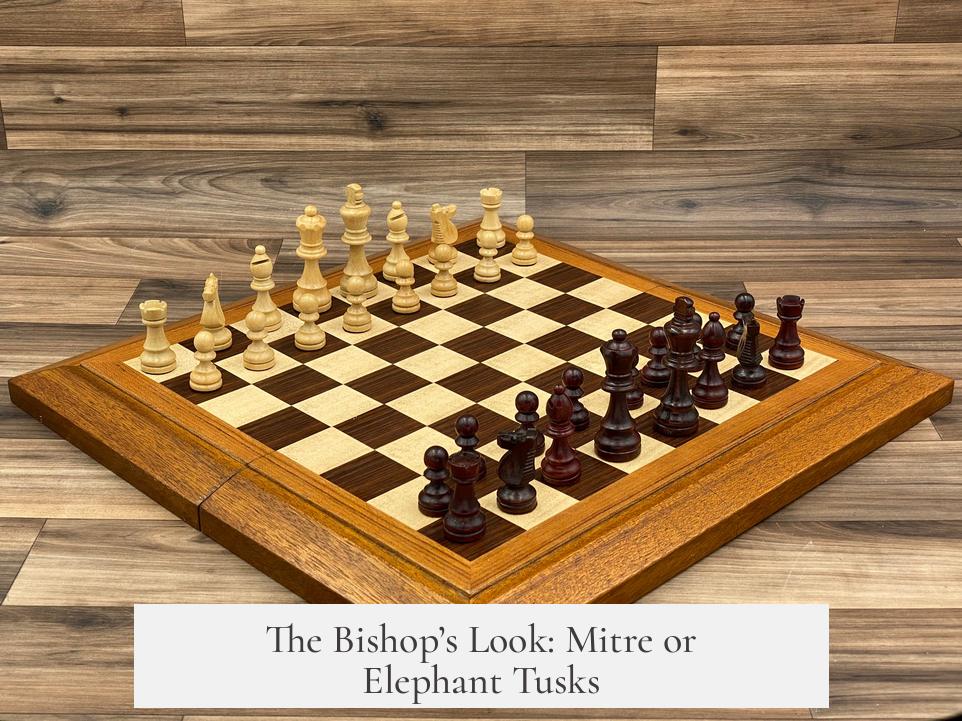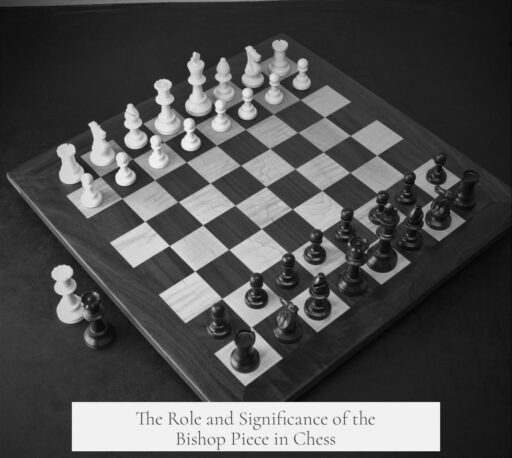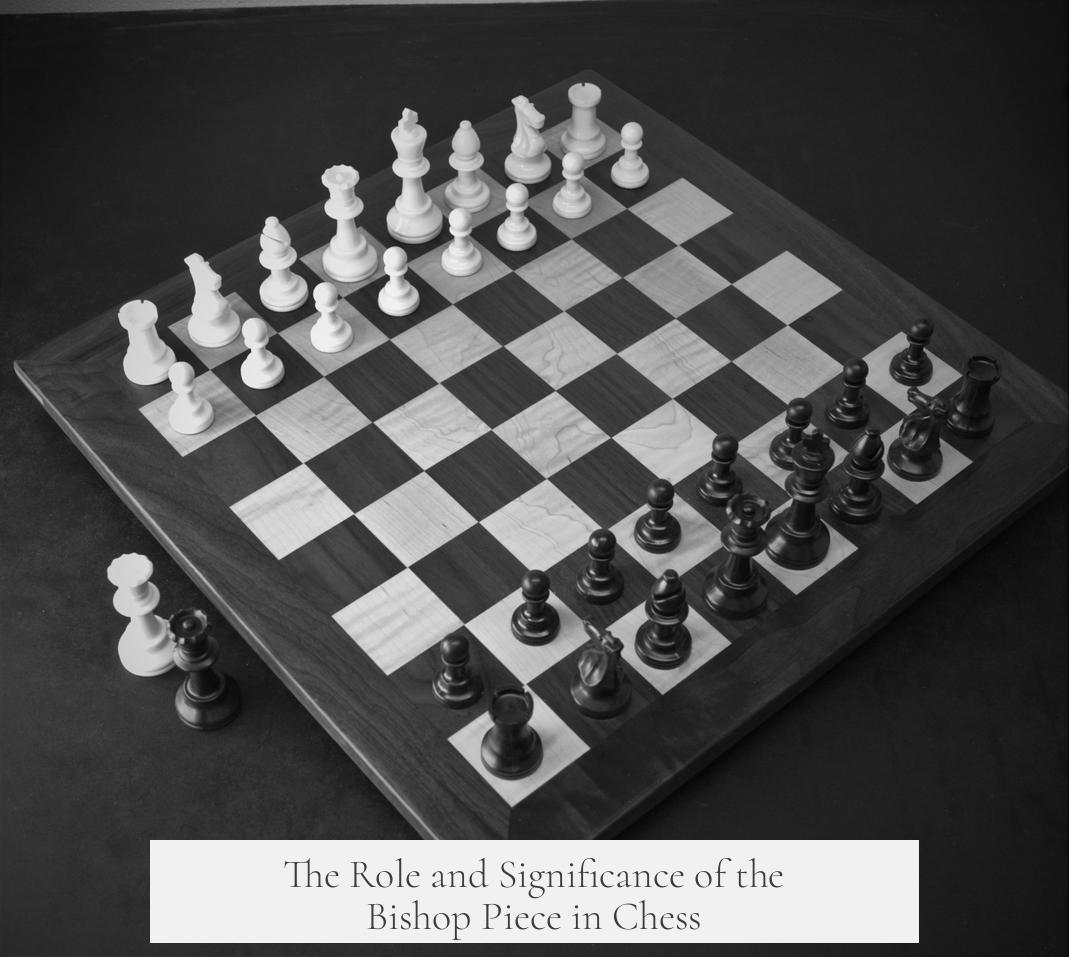Chess includes a bishop as one of its pieces because it evolved from early forms of chess where the piece represented an elephant or a similar figure. Over time, this piece acquired new names and connotations, particularly ecclesiastical ones, resulting in the modern bishop known today in chess.
The bishop’s origin traces back to shatranj, an ancient Indian game that preceded modern chess. In shatranj, the piece similar to the bishop was called the alfil, which means “elephant” in Arabic. This piece moved diagonally, but typically with limitations on distance. Thus, the bishop’s diagonal movement is deeply rooted in this early design.
As chess spread from India to Persia, then to the Islamic world and Europe, the piece preserved its fundamental role but underwent name and conceptual shifts. Early Spanish versions of chess in the 1200s, for example, included a piece called the “cocatriz” or “crocodile” that moved like the bishop. However, this term did not remain popular or lasting.
The etymology of the bishop piece across languages reflects its complex history. In Italian and Spanish, modern terms like alfiere and alfil still connect to the original elephant meaning. These words were unique chess terms without broader meanings initially. Italian alfiere has expanded to mean “standard bearer” or “captain,” illustrating a military connotation that is consistent with the piece’s role. In English, the term “bishop” appears later, around the 1560s, and was possibly influenced by Icelandic usage from earlier centuries, where “biskup” still means bishop.
Germanic languages often reject the elephant idea and instead use words meaning “runner” or “messenger” for the bishop, such as Läufer in German. Slavic languages, meanwhile, use words referring to hunters or shooters. Some languages incorporate military or courtly themes, calling the piece an officer or relating it to cavalry animals like camels (Mongolian). Unique names appear too, like the French “fou” meaning jester and Romanian terms meaning fool. Tamil and Javanese call the bishop a “minister,” reflecting its ancient role in Chaturanga, an even earlier Indian game.
The English word “bishop” introduces a religious angle. The bishop piece is often seen as an ecclesiastical figure. This connection is evident in the 12th-century Lewis Chessmen found in Scotland—these chess pieces clearly depict bishops in clerical attire. The bishop’s typical pointed hat in modern chess is a mitre, a traditional Christian bishop’s hat. This design aspect was formalized with the Staunton chess set design in 1849, popularizing the visual representation.
Interestingly, the characteristic diagonal groove on the bishop’s head has older origins. Some believe it represents an elephant’s tusks from the original alfil. This groove appears in chess pieces dating back centuries before the term “bishop” existed. While some suggest the groove inspired the bishop’s name, historians generally consider this connection speculative.
Summing up, the bishop piece remains because it symbolized an important part of early chess—a diagonal-moving figure originally associated with elephants in India. Its name changed and adapted across cultures, sometimes reflecting military roles, sometimes religious or royal ones. The bishop in chess today is a complex blend of historical evolution, design symbolism, and linguistic transformation.
| Aspect | Details |
|---|---|
| Original form | Alfil (elephant) from shatranj in India |
| Movement | Diagonal moves, originally limited distance |
| Names in languages | Alfil/alfiere (elephant), Läufer (runner, German), biskup (bishop, Icelandic), fou (jester, French) |
| English usage | First recorded 1560s; ecclesiastical figure based on bishop |
| Design | Staunton mitre design formalized 1849 with diagonal groove |
- The bishop derives from the Indian alfil, symbolizing an elephant piece moving diagonally.
- It evolved across cultures with diverse names, often military or courtly in nature.
- The English term “bishop” aligns with a religious figure, evident since at least the 12th century.
- Staunton’s 19th century design visually reinforced the bishop as a clerical figure with a mitre.
- Its unique diagonal movement remains a key strategic element in modern chess.
Why Does Chess Include a Bishop as One of Its Pieces?

The bishop piece in chess originates from the Indian game Shatranj, where it was represented as an elephant, called the alfil. Its journey into the chess we play today is a fascinating tale blending cultures, history, and evolving designs. Let’s unpack this captivating story and see why that slinky-moving piece on the board still carries so much legacy.
First things first, the bishop wasn’t always called a bishop. The piece traces its lineage back to India’s medieval game, Shatranj, where the piece was called “alfil,” which literally means “elephant.” Imagine an elephant with a strategic flair—that’s the ancestor of the bishop. Elephants were significant military assets in ancient India, known for their power and ability to move across difficult terrain, which makes their symbolic role on the chessboard quite fitting.
As chess traveled west into the Islamic world and then Europe, the piece evolved both in name and function. Early Spanish versions of chess during the 1200s featured a piece called the “cocatriz” (crocodile), which moved like a bishop does now. The name didn’t quite stick, but it shows how interpretations varied. Culture definitely influenced how people viewed this versatile piece.
The Many Names of the Bishop: A Linguistic Journey
The bishop’s name is a linguistic chameleon. Across Europe and beyond, it morphs according to local culture or military traditions. In Italy and Spain, the bishop still carries echoes of its original name: “alfiere” in Italian and “alfil” in Spanish. These terms evolved from the elephant reference, blurring with military roles such as standard-bearer or captain. Sounds more like a multitasker than a simple chess piece.
It gets even wilder across Germanic and Slavic languages. Germans don’t call the bishop “elephant” but “Läufer,” meaning runner or messenger. Slavic languages often name it “hunter” or “shooter,” bringing an entirely different vibe. Greek and Bulgarian see it as an officer, Mongolian calls it “camel” (a cavalry mount), Kannada refers to the piece as a “chariot,” and Estonian uses “spear.” One piece, a dozen different hats—or hooves or tusks, if you will.
Some languages, like French and Romanian, turn the bishop into a jester or fool—“Fou” in French means jester—adding a sense of playful misdirection to the mix. Meanwhile, Tamil and Javanese call it “minister,” linking back to Indian roots where chess’s queen precursor was also called minister in Chaturanga. And in Georgia, it’s a “tortoise,” which is charmingly unexpected.
The English “Bishop” and Its Religious Touch
So why is it called a bishop in English? The term appears in texts no earlier than the 1560s, though some Icelandic records suggest “biskup” was used in the early 1300s. The connection to clergy likely came from medieval Europe, where the Christian church wielded significant influence, making religious figures familiar symbols.
Iconic chess sets like the Lewis Chessmen, dated back to the 12th century, show bishops clearly as ecclesiastical figures. This bolstered the religious identity of the piece, connecting the diagonal-sliding mover with the clerical figure wearing the mitre.
The Bishop’s Look: Mitre or Elephant Tusks?

The bishop’s design we recognize today was formalized by Nathaniel Cook in Staunton’s 1849 set. The piece sports a deep diagonal groove, often explained as representing a mitre—the pointed hat bishops wear in church ceremonies.
But here’s the twist: the groove might actually hearken back to the alfil’s elephant roots, symbolizing elephant tusks rather than a bishop’s hat. This design feature predates the Staunton set and probably goes all the way back to Shatranj. Was the religious interpretation retrofitted after Europeans adopted the game? Quite possibly. This ambiguity keeps the bishop intriguing.
Why Does This Matter to You and Me?
Knowing the bishop’s story adds rich layers to every game you play. The piece isn’t just a diagonal slider; it’s a cultural artifact. From Indian elephants to European bishops, the piece connects us to centuries of history, warfare, religion, and linguistic shifts.
Next time you plot that sneaky bishop check or sweep across the board, remember: you’re commanding a piece that galloped through camel caravans, crossed royal courts, and wore the hats of jesters and priests alike. It’s a symbol of strategy and transformation, just like chess itself.
Practical Tips for Using the Bishop
- Utilize its diagonal strength: The bishop’s unique movement covers long diagonals, making it excellent for long-range attacks and control of the board’s color complexes.
- Coordinate Bishops: With two bishops on differently colored diagonals, they complement each other perfectly, often dominating the opponent’s pieces.
- Watch Pawn Structure: Keep an eye on pawn placement for your bishop’s mobility; locked pawns can trap bishops behind lines, reducing their value.
Final Thoughts
The bishop’s presence in chess is no accident or simple tradition. It reflects chess’s journey through lands and languages, from an elephant on an Indian battlefield to an ecclesiastical figure in medieval Europe. Integrating many cultures’ symbols and stories, the bishop embodies the game’s depth and evolution.
So why does chess include a bishop as one of its pieces? Because it’s a living piece of history, offering players not just tactical possibilities but a connection to a rich, multi-layered heritage.
Now, ready to unleash your bishops with newfound respect and zest? Your opponent won’t know what hit them.
Why is the bishop piece included in chess?
The bishop reflects an important historical chess piece called the alfil, an elephant from Indian chess. It provides unique diagonal movement, enriching the game’s tactics and strategy.
How did the bishop get its name in English?
The name “bishop” appeared in English around the 1560s. It likely relates to ecclesiastical figures and is connected to the images on the medieval Lewis Chessmen.
Why does the bishop have a diagonal move in chess?
The bishop’s diagonal move may trace back to the alfil’s jump in early chess. This movement emphasizes long-range control on squares of the same color.
What does the design of the bishop piece represent?
The classic bishop piece has a diagonal groove seen as a mitre, the hat worn by bishops. Earlier designs may represent elephant tusks, linking back to the piece’s origins.
Do different cultures name the bishop piece differently?
Yes, many cultures use various terms, such as ‘elephant,’ ‘archer,’ or ‘minister.’ These reflect the piece’s history and cultural adaptations over time.




